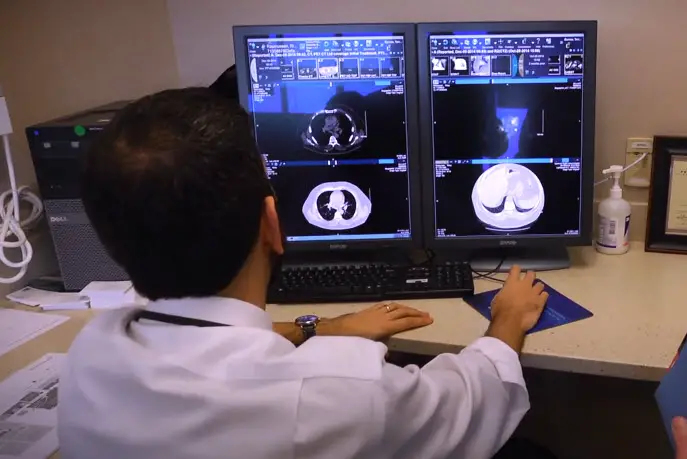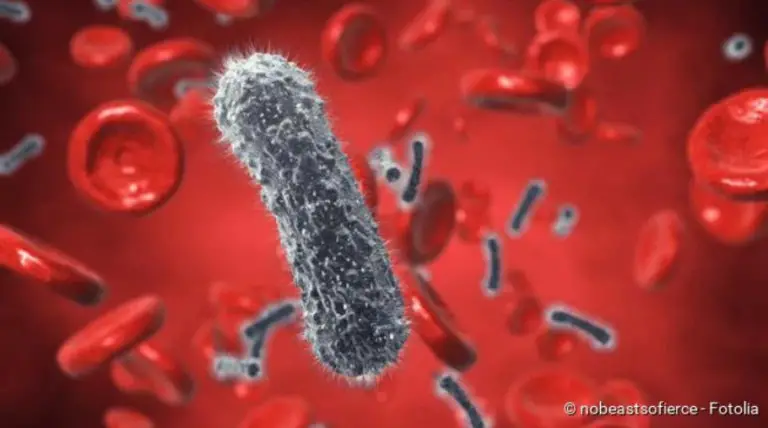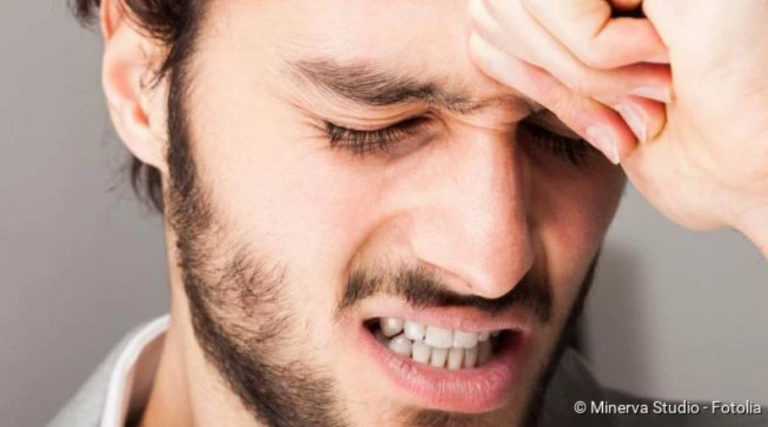Lower Back Pain: symptoms, causes, treatment
Lumboischialgia is pain in the lower back (lower back pain) that typically radiates into one leg (sometimes both legs). The most common cause is a herniated disc in the lumbar spine. The symptoms and also the treatment are similar to those of sciatica (“sciatica”). Here you can read everything important about symptoms and diagnosis of lumboischialgia (lower back pain), treatment and causes.

What’s lumboischialgia (lower back pain)?
Lumboischialgia (lower back pain) is the name given to pain that originates in the lower back and radiates to the lower extremities. Typically, the pain affects only one side (only one leg). In addition to the pain, other complaints are possible (paraesthesia etc.).
Lumboischialgia can be distinguished from sciatica: The latter results from an isolated irritation of the sciatic nerve. In contrast, in lumboischialgia, other nerves are affected in addition to the sciatic nerve. These are nerves that leave the spinal cord at the level of the lumbar spine:
These lumbar nerves, with their motor parts, are responsible, among other things, for hip flexion and knee extension as well as for the function of the gluteal muscles. The sensory components of these nerves transmit touch, temperature and pain stimuli from the lower back and the front of the legs to the central nervous system.
Lumboischialgia (lower back pain): Symptoms
If a nerve root is irritated or damaged, the symptoms occur in the areas supplied by the nerve root. Thus, each nerve root can be assigned certain skin areas that supply it. These are called dermatomes:
- First lumbar nerve root (L1): Pain in the lower back radiating forward into the groin.
- L2: Lower back pain radiating to the front of the thigh and running below the groin
- L3: Lower back pain radiating to the front of the thigh and extending from the top outwards to inwards above the knee.
- L4: Pain in the lower back, radiating to the front of the thigh and from above diagonally across the knee to the inside of the lower leg.
- L5: Pain in the lower back that runs along the outside of the thigh and radiates to the front of the lower leg down to the foot.
Should numbness or other sensations occur, these also run in the described dermatomes.
In addition, lumboischialgia (lower back pain) can cause muscle weakness. For example, those affected have problems climbing stairs or can no longer stand on one leg (the affected leg). Often they are also not able to stand on their toes or heels.
In addition, the doctor can often detect weakened or extinguished reflexes. This concerns either the patellar tendon reflex, Achilles tendon reflex or adductor reflex.
Lumboischialgia (lower back pain): examinations
In the conversation with the patient, the doctor will first take his or her medical history (anamnesis). Among other things, he can be given a precise description of the symptoms, asks how long they have existed and whether they have changed in the course of time.
This is followed by a physical examination. The doctor checks, for example, the mobility of the joints, muscle strength and reflexes in the affected leg.
In the case of long-lasting complaints or acutely occurring severe symptoms such as paralysis or disorders of urinary and fecal continence, imaging examinations are also necessary. The most commonly used methods are computer tomography (CT) and magnetic resonance imaging (MRI). With these methods, for example, a herniated disc or vertebral fracture can be identified as the cause of lumboischialgia.
Lumboischialgia (lower back pain): causes
The most common cause of lumboischialgia (lower back pain) is a herniated disc. In the process, the gelatinous core of the disc breaks through the fibrous ring to the outside. It can press on a nerve root and thus cause the symptoms.
But also vertebral body fractures (due to accident or osteoporosis) or wear-related (degenerative) changes in the vertebral joints can constrict the nerve roots.
Other causes of lumboischialgia (lower back pain) or similar complaints can be:
- Inflammations such as spondylodiscitis (inflammation of the intervertebral disc and the adjacent vertebral bodies), Lyme disease or abscesses
- Kidney stones
- Masses that press on the nerves, such as ovarian cysts or abdominal aortic aneurysm
Lumboischialgia (lower back pain): Therapy
If there are no signs of paralysis or incontinence, lumboischialgia (lower back pain) is preferably treated conservatively: Usually the doctor prescribes pain therapy and physiotherapy for the patients. An effective pain therapy is very important to prevent the complaints from becoming chronic.
If an infection is the cause of lumboischialgia (lower back pain), the doctor may prescribe antibiotics (against bacteria) or antivirals (against viruses).
If conservative lumboischialgia (lower back pain) therapy does not bring relief or if paralysis or other neurological deficits occur, surgery is considered. Different techniques are used for this purpose. For example, in case of a herniated disc, the protruding nucleus of the disc can be removed, which presses on the nerve root (nucleotomy). An acute lumboischialgia (lower back pain) with disturbance of the urinary and stool continence is the reason for an emergency operation!
This text complies with the requirements of medical literature, medical guidelines and current studies and has been reviewed by medical experts.





